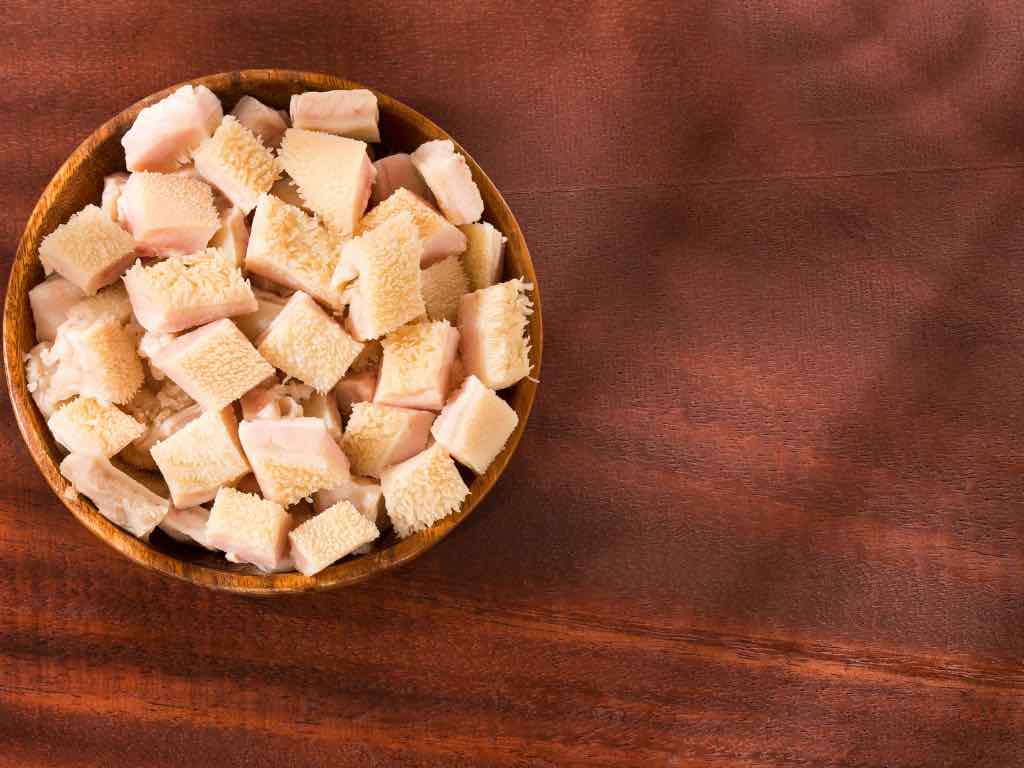
Tripe Tales: Unveiling Beef Intestine Delicacies
|
|
Time to read 4 min
Welcome to One Stop Halal!
Written by: Najma A.
|
|
Time to read 4 min
Regarding culinary adventures, exploring unconventional ingredients can lead to remarkable gastronomic experiences. Beef intestine, often overlooked or dismissed by many, holds the potential to surprise even the most discerning palates. In this blog, we embark on a journey into beef intestine recipes, uncovering the rich flavors and cultural significance associated with this ingredient.
Beef intestine, also known as tripe, is a culinary ingredient derived from the stomach lining of cattle. While it may seem unconventional to some, it holds significant cultural and culinary importance in various cuisines around the world.
Beef large intestine is prized for its unique texture, which can vary depending on the specific part of the stomach it comes from. It can range from tender and gelatinous to slightly chewy. Additionally, beef intestine has a relatively neutral flavor profile, making it an excellent canvas for absorbing the flavors of spices, sauces, and seasonings used in cooking.
Despite its humble origins, beef intestine is a versatile ingredient that lends itself well to various cooking methods. It can be stir-fried, grilled, braised, simmered in soups and stews, or even pickled. This versatility allows for a wide range of culinary creations, from comforting soups to flavorful stir-fries and complex curries.
Beef intestine holds cultural significance in many culinary traditions around the globe. In some cultures, such as Italian and Mexican cuisines, tripe is a staple ingredient in traditional dishes like Trippa alla Fiorentina and menudo, respectively. These dishes are often enjoyed during festive occasions or as comforting meals passed down through generations.
From a nutritional standpoint, beef intestine is a rich source of protein, vitamins, and minerals, including iron and zinc. It is also relatively low in fat and calories, making it a healthy addition to balanced diets when prepared using wholesome cooking methods.
In conclusion, beef intestine is a culinary ingredient that deserves appreciation for its unique texture, versatility, and cultural significance. Understanding its origins and culinary potential can unlock a world of flavorful possibilities in the kitchen.
While the idea of consuming beef intestines may seem unconventional to some, it's worth noting that this ingredient boasts several nutritional benefits that are key to maintaining your overall health and well-being. Despite its unique texture and flavor profile, it is surprisingly rich in essential nutrients that can complement a balanced diet.
Beef intestine is a good source of high-quality protein, which is essential for muscle repair, growth, and overall body function. Protein is also known for its satiating effect, helping to keep you full and satisfied after a meal.
Beef intestines contains various vitamins and minerals, including vitamin B12, iron, zinc, and selenium. Vitamin B12 is crucial for nerve function and red blood cell production, while iron is essential for oxygen transport in the body. Zinc and selenium play roles in immune function and antioxidant defense.
As a connective tissue, it is rich in collagen, a protein that provides structure and support to various body parts, including skin, bones, and joints. Consuming collagen-rich foods like beef intestine may support skin health, joint function, and overall connective tissue integrity.
Despite its association with digestion, it can benefit digestive health. It contains significant amounts of dietary fiber, which promotes regular bowel movements and supports a healthy digestive system. Additionally, the collagen and gelatin found in beef intestine may help strengthen the intestinal lining and support gut health.
By utilizing all parts of the animal, including the intestine, you promote sustainable eating practices and minimize food waste. Embracing nose-to-tail cooking not only honors the animal but also significantly reduces the environmental impact of food production, making you a responsible and conscious consumer.
Incorporating beef it into your diet in moderation can be a flavorful and adventurous addition to your meals. Whether you're exploring new culinary horizons or embracing traditional dishes from around the world, beef intestine offers a unique combination of taste and nutrition that intrigues your palate and nourishes your body. So, don't hesitate to explore the nutritional benefits of the beef intestine and discover the many ways it can contribute to your overall health and well-being.
Welcome to the Butcher Shop that is 1 click away. We carry various marinated items that are hard to find elsewhere. We deliver to your doorstep anywhere in the United States within 1-2 business days.
In conclusion, delving into beef intestine recipe reveals a world of culinary creativity and cultural richness. From stir-fries to curries, the versatility of beef intestine allows for an array of flavors and textures to be explored. Embracing this often-overlooked ingredient expands our culinary horizons and fosters an appreciation for the diverse gastronomic traditions globally. Whether in a comforting stew or sizzling on skewers, beef intestine offers a unique dining experience that surprises and delights the palate. So, let's celebrate the culinary diversity and embark on flavorful journeys, one delicious dish at a time. Happy cooking, and may your culinary adventures be as fulfilling as they are tasty!

© 2026 One Stop Halal, Inc.